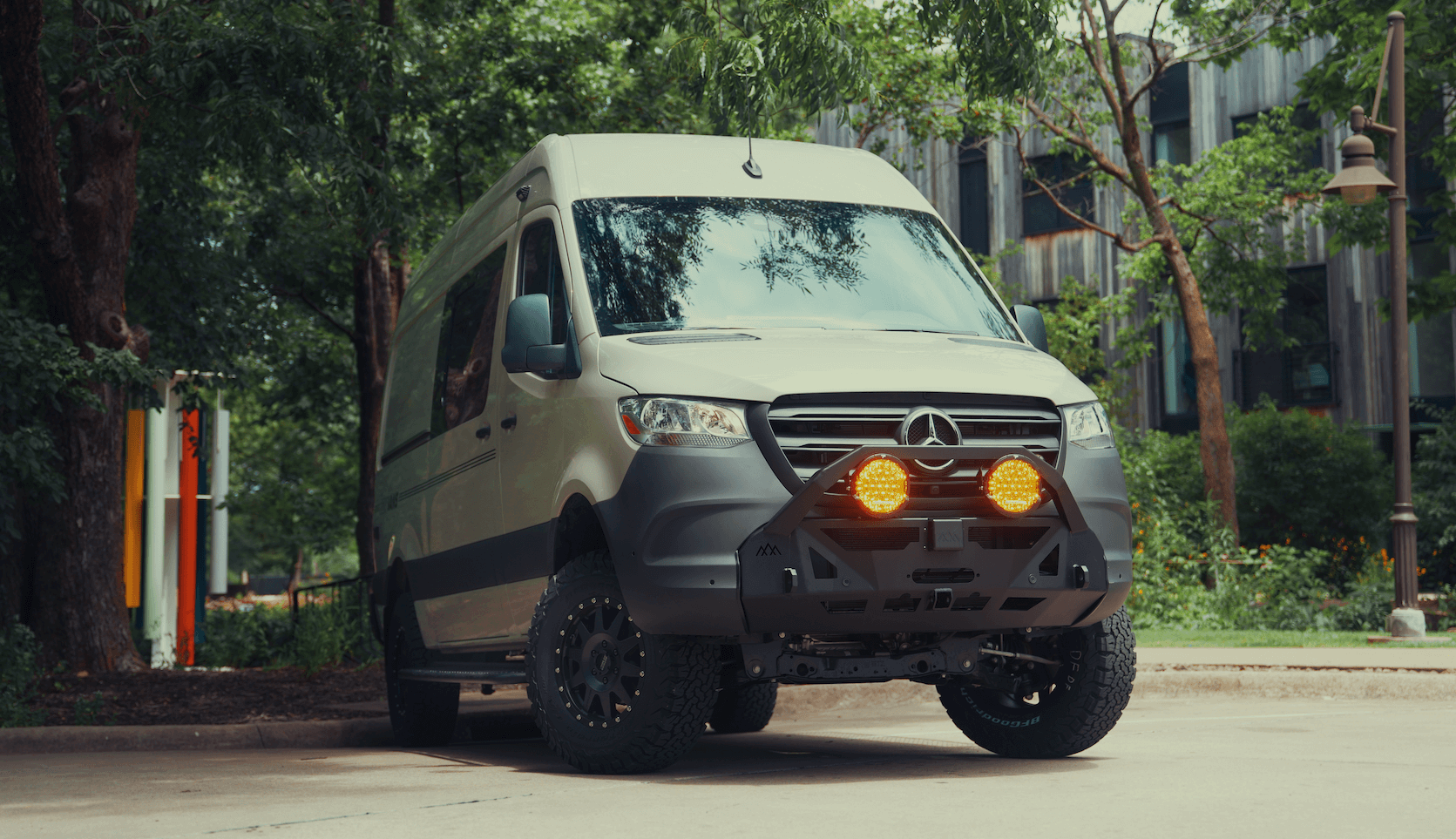Recreational Vans

Condensate is the water that forms when warm, humid air meets a cold evaporator coil. The drain system carries that water away before it overflows, corrodes parts, or breeds bacteria. Good routing quietly manages gallons per day in humid climates, while poor routing announces itself with musty smells, wet insulation, and intermittent shutdowns. The aim is simple but exacting: a predictable path to a legal discharge point without allowing air to enter the air stream or water to sit and stagnate.
Air conditioners and dehumidifiers wring moisture from air as they cool it. That water drops into a primary pan and exits through the condensate line. Heat pump air handlers and high efficiency furnaces can also produce condensate, as can onboard HVAC units in vehicles and towables. Any cooling surface that dips below the dew point will generate runoff that must be guided away.
Water follows gravity until friction and flat runs slow it down. Every elbow, sag, and upslope adds resistance. If the line pulls air or lacks a proper trap, the negative pressure at the coil can hold water in the pan. Backups cause overflow, microbial growth, and sensor trips. Correct routing respects pressure, slope, serviceability, and local code requirements so the system drains day one and year five.
Common elements include a primary drain connection at the coil, a P trap sized for the unit’s negative static pressure, a vent or air break to prevent siphon, cleanouts for maintenance, and an approved termination. Secondary drains or float switches protect against blockage. In cold regions, heat trace or interior routing protects from freeze. In mobile applications, vibration isolation and secure supports keep lines from loosening.
A reliable condensate line begins with slope. Target at least one eighth inch fall per foot, more when space allows. Keep runs as short and straight as possible and support them so the slope never flattens over time. Avoid creating a rise after the trap. Where rises are unavoidable, include a vented standpipe before the lift or add a condensate pump rated for the flow and lift height.
Every negative pressure air handler needs a trap. The water seal must exceed the unit’s suction to block air. A common rule of thumb: trap depth equal to at least two times the negative static pressure in inches of water column. Place a vent or air admittance opening on the outlet side of the trap to break siphon and stabilize flow. Cap vents with screens to deter insects and keep the opening above flood risk.
Install a cleanout tee near the coil for periodic flushing. Clear vinyl helps with visual checks but can cloud and kink, so many techs prefer rigid PVC with glued joints and a union at service points. In mobile rigs, use reinforced hose or PVC with flexible couplers where vibration is expected. Insulate cold lines in humid spaces to reduce sweating on the pipe exterior.
Terminate to an approved location: a sanitary tee with air gap at a trap primer, a dedicated condensate receptor, or an exterior discharge that does not stain siding or create slip hazards. Keep outlets away from tires, belts, hot exhaust, and walking paths. Add a screen at the outlet to discourage pests, and ensure the end remains visible for quick flow checks. Where freezing occurs, route inside the thermal envelope or add heat trace with thermostat.
Water on the floor, intermittent float switch trips, and musty odors often trace back to flat sections, missing traps, or algae buildup. Start at the pan, confirm slope visually and with a level, and verify the trap holds a water seal with the unit running. If the seal pulls dry, increase trap depth or correct unintended venting that is allowing air to bypass the trap.
With power off, pour water into the pan and watch for steady discharge at the termination. If flow surges then stalls, suspect siphon or a partial obstruction. Remove the cleanout cap and flush with warm water followed by a mild, non corrosive pan treatment. Avoid bleach near stainless components and never mix chemicals in confined spaces.
Vehicles introduce motion, pitch change, and vibration. Use gentle sweeps instead of tight elbows and secure the line every foot or so to maintain slope during travel. Add a service loop near the coil for maintenance access without stressing fittings. In four season use, route inside conditioned space where possible and insulate any necessary exterior segments.
Local code determines acceptable discharge points and whether a trap primer or air gap is required. Many jurisdictions follow the International Mechanical Code and International Plumbing Code for traps, vents, and materials. Secondary protection such as float switches or secondary pans is often required above finished spaces. When in doubt, follow the stricter requirement and document the route for future service.
Thoughtful condensate drain routing pays back with quiet reliability. Design choices like trap sizing around measured static pressure, routing for freeze prevention, and service friendly cleanouts make the difference between a system that drains today and one that drains season after season.
OZK Customs designs complete water and HVAC paths inside purpose built rigs. If you are planning a new adventure platform, explore our recreational vans. Looking for a one off layout and full systems integration, including condensate routing, see our custom van build. Want a finance friendly starting point with smart upgrades, check our mainstream vans.
Tell us about your platform, climate goals, and how you travel. We will design a drain route that respects pressure, slope, and service needs while integrating cleanly with your HVAC and interior build. Your next trip should be about the view, not the drip.
Ready to stop leaks and build it right the first time? Tell us about your platform and goals. OZK Customs designs and installs complete HVAC and water management systems inside custom adventure vans and commercial rigs. Start your project consultation today.
ADDRESS:
6159 E Huntsville Rd, Fayetteville, AR 72701
PHONE:
(479) 326-9200
EMAIL:
info@ozkvans.com